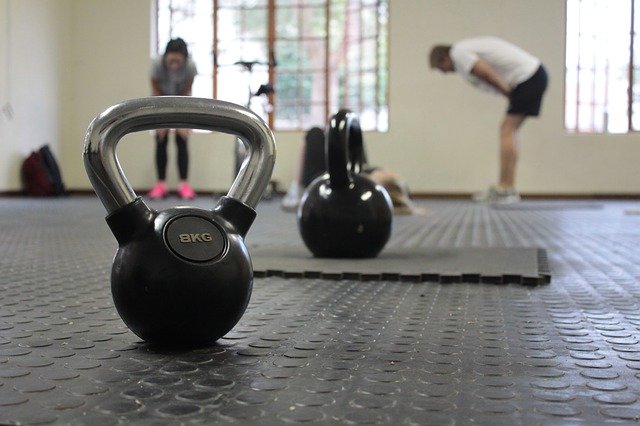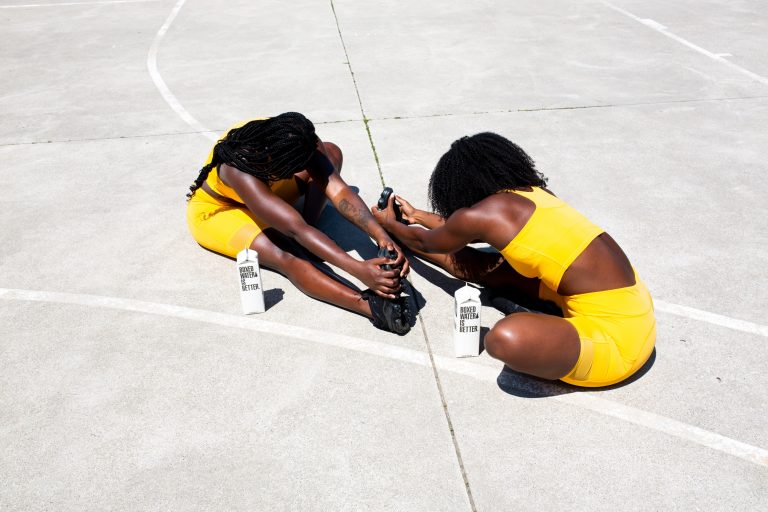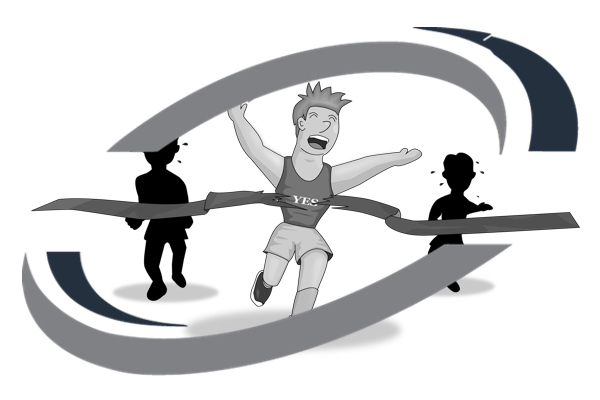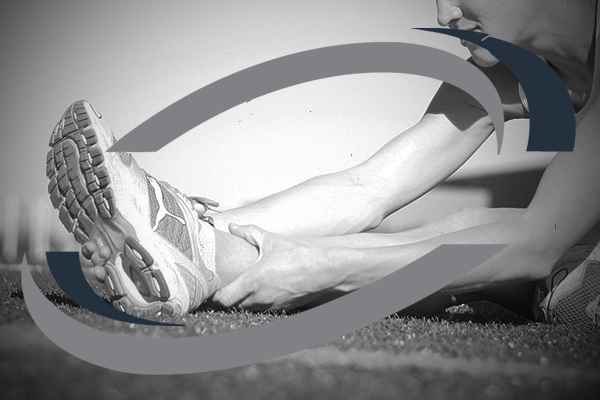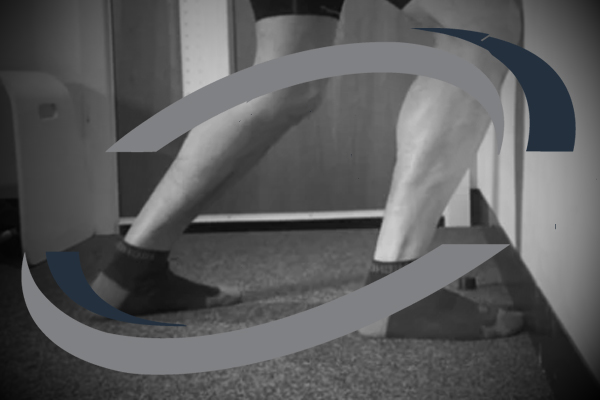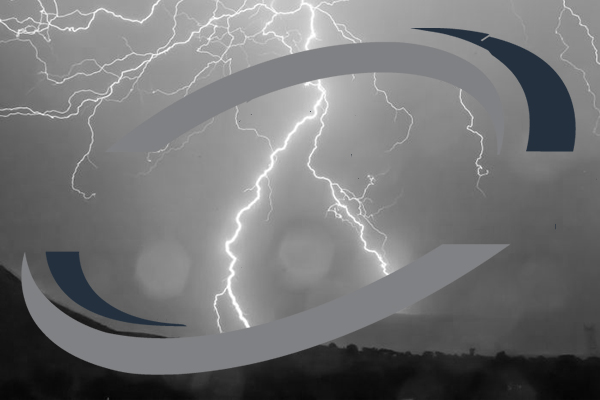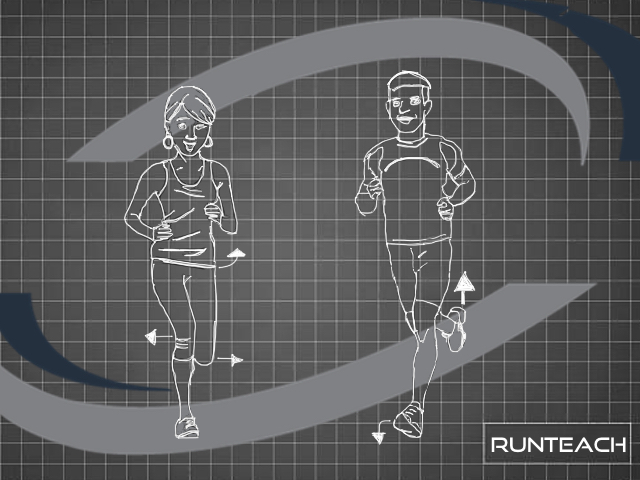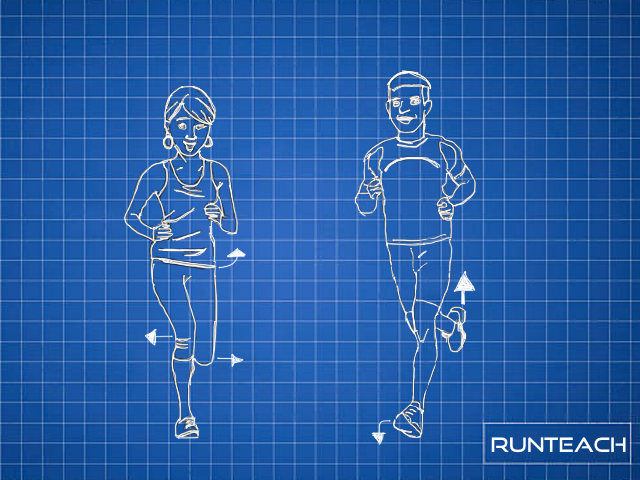How do you get your next PB? How do you reduce your injury risk? How do you prepare better for your next trail marathon or ultra?
You may come to the same conclusion as many other runners, and look to strength training for the answer:
Get stronger = run faster
Get stronger = less injuries
Get stronger = better endurance
That’s what you’ll often read online or be told by your running buddies or your club/group guru. But are they right?
Conduct a Google search for “strength training for runners” and you’ll get over 30 million results! Where do you start with that lot?
There is no doubt that most runners do need to get stronger in some areas, but just doing squats and static planks won’t cut it. From the mass of search results, you can become very confused about what exercises are actually beneficial for running for most people. So, I want to give you a starting point where you can progress from.
The starting point for any strength programme is to address the imbalances you may have. When you have muscles that are stronger than the other muscles around them, it can cause the stronger muscles to be overworked. Weaknesses can also cause other muscles to take on the job of handling the forces of running they were never designed to do. This can then lead to many of the overuse injuries we see in runners.
Now, you don’t necessarily need to get all technical about this, as you can start off by targeting the most common areas. But, if you do want to find out where your imbalances are, I can help you with my RunForm and RunTest assessments. For this article, I’m going to highlight what I believe to be the best place to start.
In my opinion, there are some essential areas that you should always start with, unless you have been told otherwise by a professional. These are:
- Hips
- Core
- Calves
- Single leg
- Feet
- Shins
I am in the process of writing about these areas in-depth, so for now let’s have a quick look at two of these to begin with as they are what I would consider to be a solid base to build upon.
I usually begin at the hips and go up and then down when I’m assessing imbalances. Looking at just your feet and legs means that you miss so much information that can help determine what’s going on.
The hip area plays a crucial role in what is a complex set of movements that allow us to walk and run. In fact, the gait cycle (the motion of walking and running) is automatic. We start it off with an initial movement and it completes without any extra input needed.
On the one hand this is great because we can focus on other things, but the downside is that if the coding of the movement is faulty it often influences poor movement both upwards towards the shoulders and down towards your feet – no matter how strong those other areas may be.
And it’s not simply a question of doing heavy weights or millions of repetitions. If you are not engaging the correct muscles for each part of the cycle, you will be asking other muscles to take the strain. A good example is when a runner is “quad” dominant. This is where they run by using more of the power from their thighs rather than from their glutes (buttocks and side of hips). This often leads to sore and tired thighs, overuse around the front of the hips (hip flexors) and on longer or faster runs, the thighs will tire out quickly. This is the classic “I’m not using my glutes” scenario.
In this instance, many runners will look to squats to help engage their glutes, but this isn’t always the right starting point. I believe you need to learn to feel your glutes to use them properly. And only when you can use them properly is it worth strengthening them. Otherwise, you’ll be strengthening an incorrect movement pattern and unlikely to be targeting the glutes in the way you want.
I have some simple but very effective glute engagement exercises that will get you started. They are about making brain/muscle connections and helping you to become aware of your glutes:
Isometric glute activation (banded) video
These two exercises are best done with a little and often frequency. So, three or more times per day, but only a minute or so each time. Put the focus on feeling your glutes rather than just going through the motions. The repetition of good form is creating new pathways between your brain and muscles and with enough practice will begin to spill over into your normal walking and running.
To really do justice to feeling and strengthing your glutes, this excellent 12 week glute course, specifically created for runners, is a great choice. It has been written by James Dunne at Kinetic Revolution.
Like me, he believes in correct movement patterns and will take you through a self-assessment to find those imbalances and then how to correct them.
You can go directly to the course from this link.
In running, when I talk about core, I am referring to everything from neck to thighs. This part of your body is so well connected that when you get it all working together your running will improve amazingly!
The go to core exercises always seem to be the plank. While the plank is a great core exercise, we really want to make it dynamic so it becomes running specific. In fact, you want all of your core exercises to be dynamic so that you can take advantage of harnessing the rotational forces when you run.
You may have seen runners whose shoulders twist and turn with every step, or have run behind someone whose hips are bouncing up in a hypnotic trance. Both of these can stem from your core not being integrated, with each part trying to control movement at a local level. However, this is not how the body is designed. Your physical architecture is such that you need integration. You need your inner corset to synchronise with your outer corset; your low back to work with your glutes and hamstrings; your obliques to work with your hip flexors and glutes. If all this seems a bit too technical, then let’s simplify it:
You need to control the rotation of your hips, back and shoulders so that you create a catapult like power that you release with every step. You do this by engaging your whole core in the exercises you do. Here are some to get you started:
Russian twist
Dead bug
Pallof press (video here)
Dynamic plank variations (here’s Cori Lefkowith’s excellent selection)
Essentially, any anti-rotation exercise is going to be great for engaging and integrating your core.
This fantastic book by Mary bond looks at an integrated core in terms of posture. I use a lot of the stuff she talks about in my coaching and training. Here is the Amazon link to the book:

In this article we’ve looked at two main areas for you address. But, it’s not just about strengthening them with weights. First, you need to move your hips, glutes and core properly. Then, you add endurance to those movements (i.e. moving correctly over a period of time) and finally you can add strength work.
If you read my previous article about marathon training, you’ll know that you can get a lot stronger just by your nervous system recruiting more muscle fibres without increasing muscle mass. Practicing correct movements is a form of doing this.
Over the next few weeks I’m going to deep dive into the areas above and into the other areas that I beleive are important for marathon and half marathon strength work: watch this space.

